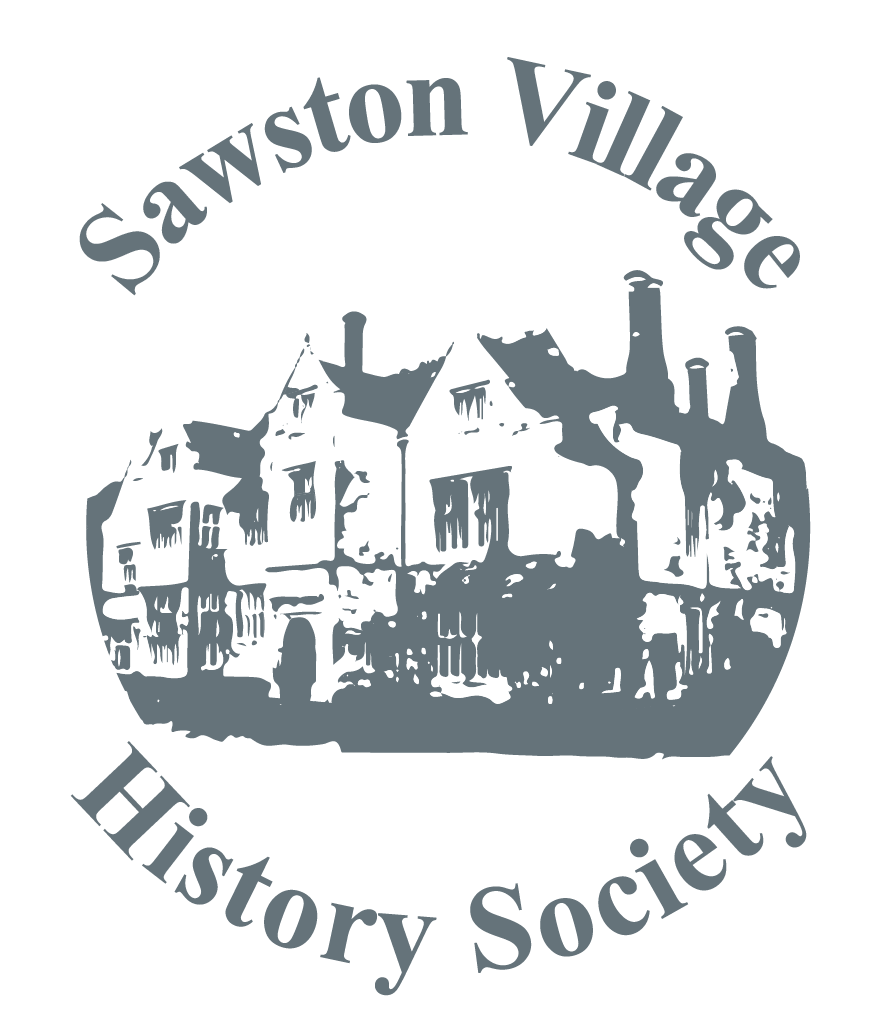
This building owes its existence to a defeat in battle. Edmund, King of the East Angles was defeated and killed by the Danes in 869. He was buried at Hoxne, but after miracles were reported at his tomb, he was canonised, and his body was moved to Beodricksworth, which was renamed St Edmundsbury in his honour. King Canute later made the monastery an abbey, which grew in wealth, especially when granted an estate by Edward the Confessor covering much of Suffolk.
A number of smaller churches were built in the abbey grounds, including one dedicated to St James built by Abbot Anselm for pilgrims to the shrine of St Edmund, as a consolation when he was unable to take a pilgrimage to Santiago de Compestela in Spain. This church, started in 1503, was destined to become St Edmundsbury Cathedral in the twentieth century.
The diocese of St Edmundsbury and Ipswich was created in 1914, and after considerable debate it was decided that the cathedral should be in Bury St Edmunds, but the bishop should reside in Ipswich. Two churches which had been built in the Abbey grounds were considered for the cathedral. There was insufficient space round St Mary's, so St James' was chosen.
A great deal of work was needed to convert and extend the church into a cathedral, but two world wars and the great depression in between meant that changes during this period were few and far between. However, there was some new stained glass windows, and a very fine cathedra (bishop’s chair) in 1927.
After the Second World War, in the 1950's, the enlargement and completion of the cathedral was inspired by Stephen Dykes Bower, who was the architect from 1943 to 1988. He aimed to blend modern gothic design with the original sixteenth century work. One of the first things he did was to have the inside walls whitewashed to make the interior lighter. Between 1959 and 1970, the Victorian chancel was demolished and replaced with a new quire, a cloister was added on the west side together with transepts, a Lady Chapel and a side chapel to St Edmund. A new porch was built at the west end.
A new processional cross was acquired in 1964, and kneelers to specified designs were provided by all the parishes in the diocese by 1976. The ceiling was painted in the 1980's.
Everything was done to make the building light and airy. In his will Stephen Dykes Bower left £2 million for the completion of the cathedral. A new choir school and visitor centre were opened in 1990. In 2000 work started on the Gothic revival style tower. This was funded by the Stephen Dykes Bower Trust and others including the lottery which added up to a fund of £12 million. Prince Charles was a patron of this project. The tower is a 150 foot structure built of brick faced with Barnack and Clipsham stone and was completed in 2005, and described as a beacon of Suffolk.
Stephen Dart's talk provided much more information than this brief summary can provide. That he was a schoolmaster in his working life was evident from his presentation. He has had a long association with the cathedral and is now an official, and clearly very knowledgable guide there and still sings alto in the Choir.
Jim Butchart